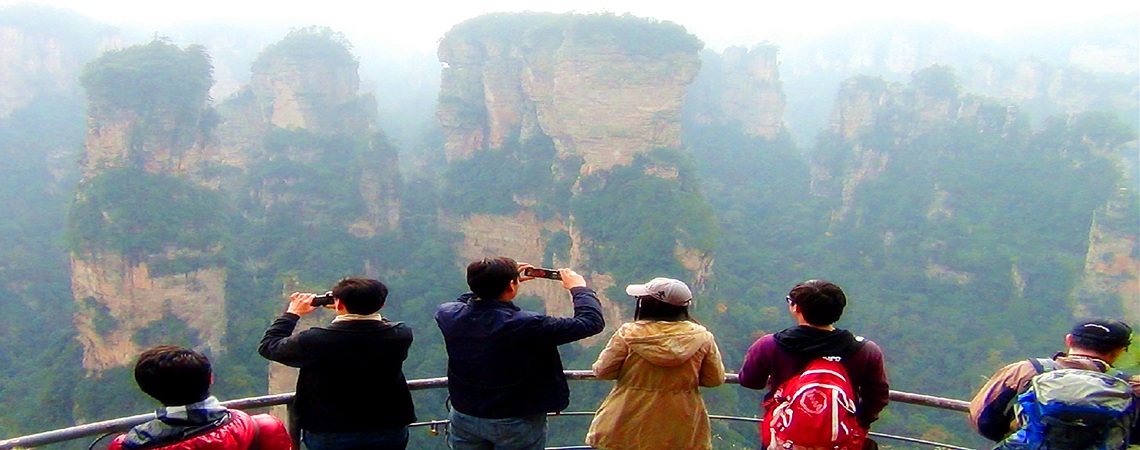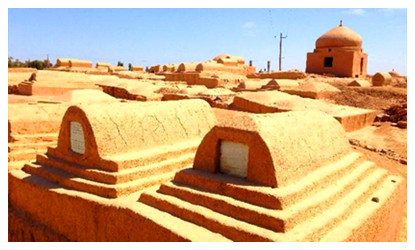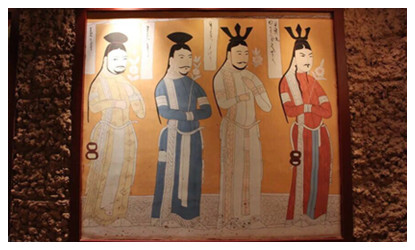
Turpan History & Culture
History of Turpan
 Traces have been found of humans living there, dating as far back as 6,000 years ago. The city was known as Gushi in the Western Han Dynasty (206BC-24AD); and Turpan is the city with the lowest elevation in China.
Traces have been found of humans living there, dating as far back as 6,000 years ago. The city was known as Gushi in the Western Han Dynasty (206BC-24AD); and Turpan is the city with the lowest elevation in China.
According to historical records, the native inhabitants in Turfan are Gushi people. In 60 B.C., the kingdom of Cheshi submitted to the authority of the Han Dynasty. The Governor-General Government for Controlling the Western Regions was established in the same year and Zhen Ji was appointed as the first Governor-General. In 48 B.C., the Han Dynasty set up the Wuji Xiaowei Military Office in Jiaohe City in Anterior Cheshi to control the reclaiming affairs in the Western Countries.
In 499 A .D., Turfan came into the period of Qu`s Gaochang Kingdom. Gaochang declined in the early Tang Dynasty (618-907) and Xizhou prefecture was set up with the same basic jurisdiction as present-day Turpan. In the same year, the Tang Court set up the Anxi Protectorate to pacify the Western Regions. Around 709, the Tubo and Uighur (an ancient name of today's Uygur) tribes competed with each other for ownership of Xizhou and eventually the Uighurs won. They established the Gaochang Uighur Kingdom centered in Gaochang City. During the late Yuan Dynasty (1279-1368), this area was made up of Liucheng, Huozhou and Turpan. This was the first time the name Turpan appeared.
In 866 A .D., the Gaochang Uighurian Kingdom was set up here, which took the Gaochang as its center, and kept unconquered until submitting to Genghis Khan, then Uighur was renamed “Wei-Wu-Er”.
In the Ming Dynasty (1368-1644), it got its name Turpan, which means 'the lowest place' in the Uygur language and 'the fertile land' in Turki. Lying in the Turpan Basin, the elevation of most of the places in the area is below 500 meters (1,640 feet).
In the 10th year of Guangxu period of the Qing Dynasty ( 1884A .D,), Turfan Department was established, which was renamed Turfan County in 1913.
Culture of Turpan
Turpan is one of the two centers of Uygur culture and was the earliest residence of the Uighurs (ancestors of the Uygurs) when  they first moved here in the 9th Century. Local religion, rites and architecture are all steeped in Uygur history. Turpan was once the Buddhist center of the Silk Road. The famous monk Xuan Zang of Tang passed through this place during his journey to the west and the pulpit where he preached is still among the ruins of the Ancient City of Gaochang. The Bezeklik Thousand Buddha Caves was also a Buddhist shrine during the Gaocheng period. The caves feature mural paintings from the Tang through to the Yuan Dynasty, which are enduring artistic treasures of the Uighurs. Music and dance were, and still are, very important arts to the local people. The Gaochang style of music and dancing was very popular in China during the Tang Dynasty.
they first moved here in the 9th Century. Local religion, rites and architecture are all steeped in Uygur history. Turpan was once the Buddhist center of the Silk Road. The famous monk Xuan Zang of Tang passed through this place during his journey to the west and the pulpit where he preached is still among the ruins of the Ancient City of Gaochang. The Bezeklik Thousand Buddha Caves was also a Buddhist shrine during the Gaocheng period. The caves feature mural paintings from the Tang through to the Yuan Dynasty, which are enduring artistic treasures of the Uighurs. Music and dance were, and still are, very important arts to the local people. The Gaochang style of music and dancing was very popular in China during the Tang Dynasty.
A German scholar once said that nowhere else on the Silk Road has such a colorful and rich culture thoroughly blended with multifold religions and ethnic groups.Aboriginals in Turpan are called the Gushi people and this place was known as Gushi in the distant past. The city is situated on the ancient course of the Silk Road, a hub of economic and cultural accumulations to West Asia and West Europe. This region embodies the convergence of Eastern and Western culture as well as many religions. It also has the richest relics along the Silk Road, including some 200 ancient city sites, grotto temples, beacon sites, tombs and rock paintings. Reportedly, above eighty percent of the cultural relics in Xinjiang Museum were excavated in Turpan.
Speaking of Turfan, people naturally think of the song “Turfan's Grapes are ripe”. The folk dance in Turfan is famous for its grace, nature, lightness and cheerfulness. Under grape trellises in summer, loud and clear sounds of tambourines and Suona horns, graceful dance, and affecting “Meshrep” can clear up the hotness and refresh you after you journey.






 Ask Questions ?
Ask Questions ?